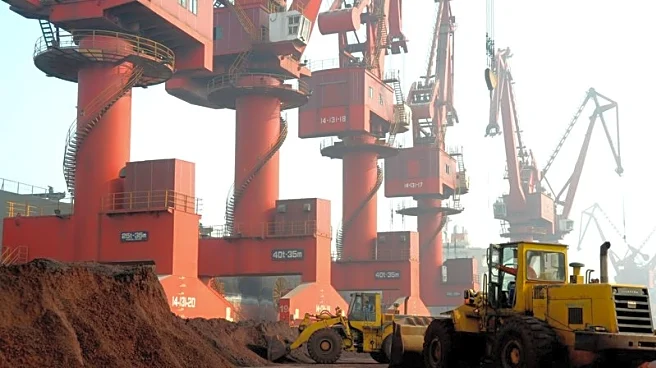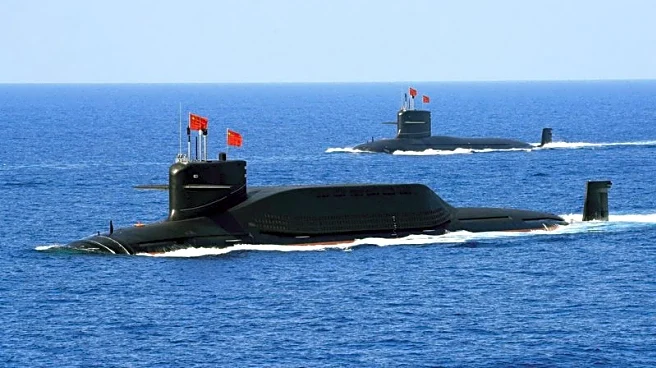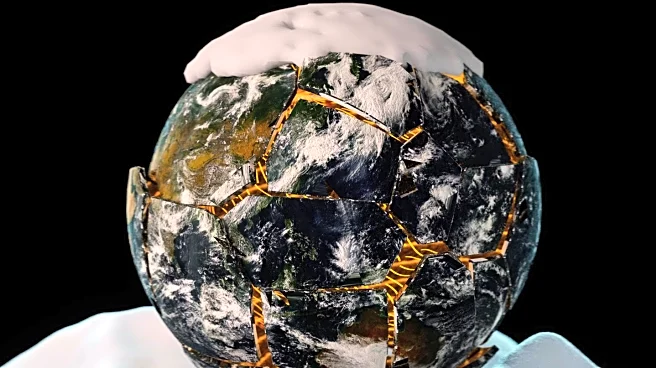What is the story about?
What's Happening?
China's rare earth magnet exports reached a six-month high in July, marking a significant recovery in trade flows of critical minerals essential for electric vehicles. The exports rose nearly 75% from June, totaling 5,577 metric tons, according to data from the General Administration of Customs. This increase follows a series of agreements between Beijing and the United States and Europe to boost shipments and ease export controls imposed in April. The controls had previously disrupted global supply chains, causing production halts for some automakers outside China due to a shortage of rare earths. Germany remained the top export destination, while shipments to the United States jumped by 75.5% from the previous month.
Why It's Important?
The recovery in China's rare earth magnet exports is crucial for the global automotive industry, particularly for electric vehicle manufacturers who rely on these minerals. The easing of export controls helps stabilize supply chains that were previously disrupted, potentially reducing production costs and delays. For the U.S., increased imports of these magnets could alleviate shortages and support domestic manufacturing. However, the reliance on Chinese exports highlights vulnerabilities in the supply chain, emphasizing the need for diversification and investment in alternative sources.
What's Next?
As China continues to increase its rare earth magnet exports, stakeholders in the U.S. and Europe may seek to negotiate further agreements to ensure stable supply chains. Automakers might explore partnerships or investments in alternative sources to reduce dependency on Chinese exports. Additionally, policymakers could consider strategies to bolster domestic production of rare earths, potentially through incentives or regulatory adjustments.
AI Generated Content
Do you find this article useful?













